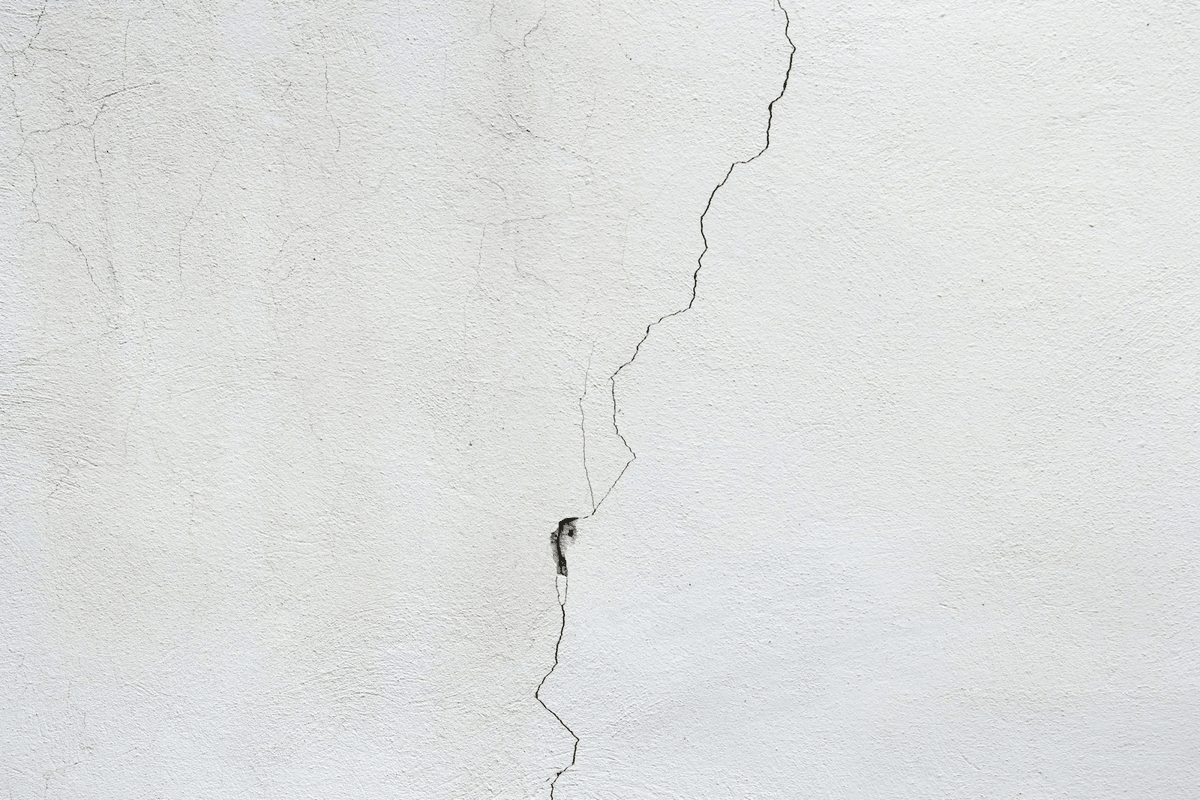
When undertaking improvement or building and construction tasks, drywall is often one of the products that creates substantial waste. Correct drywall disposal is crucial, not just for environmental sustainability yet also for adhering to regional regulations. Recognizing how to throw away drywall correctly can conserve you from significant fines and contribute to a cleaner planet.
First of all, it is very important to figure out whether your drywall waste can be reused or if it requires to be sent to a land fill. Many communities have specific guidelines concerning drywall disposal, and reusing choices may be offered to help reduce waste. Gypsum, the key component in drywall, can be processed and repurposed in numerous applications, such as farming usage or for making brand-new drywall. Talk to your neighborhood waste monitoring center to see if they approve plaster for reusing. Open this link: https://scottasbestos.com/services/drywall-disposal-and-recycling/ to consult experts.
If reusing is not a choice, home owners and professionals alike have to guarantee proper disposal methods. Cut the drywall right into manageable pieces to facilitate transportation and handling. Always utilize gloves and masks when handling drywall to secure versus dust and prospective direct exposure to dangerous fragments. When preparing the waste for disposal, verify whether your neighborhood regulations require certain materials to be separated from normal home waste.
Several regions additionally offer specialized disposal solutions or building and construction waste centers to manage drywall. Making use of these services ensures that the product is gotten rid of appropriately, and it can also assist in managing bigger quantities of waste from substantial restoration jobs. In addition, consider donating any type of extra or excess drywall to regional charities or community jobs where it could discover brand-new life. You can consider to view here for more information on how to do drywall disposal.
In conclusion, liable drywall disposal involves identifying the recycling alternatives readily available, effectively preparing the waste, and using neighborhood disposal solutions. By following these steps, not just do you add to a more sustainable environment, however you likewise advertise safety and conformity with neighborhood regulations. As you move on with your building or restoration projects, remember that conscious disposal practices can make a considerable difference.
For expanded information on this topic, see https://en.wikipedia.org/wiki/Gypsum_recycling.